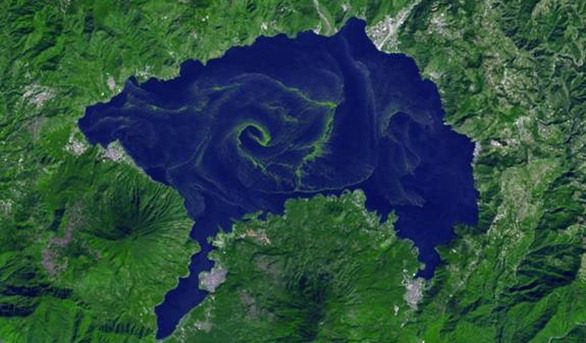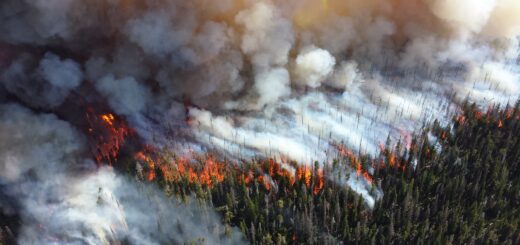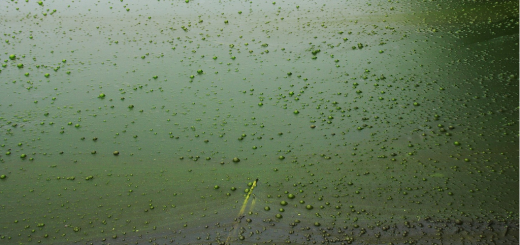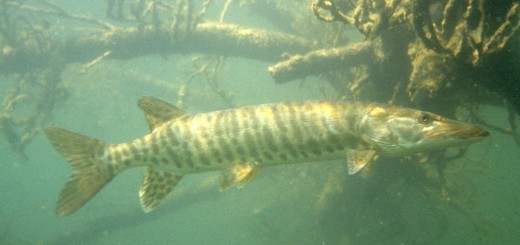U.S. researchers lend a hand to Guatemala’s Lake Atitlán
0
Lake Atitlán, as seen from space following a large blue-green algal bloom.
Lake Atitlán has been plagued by wastewater and watershed runoff for years, prompting the Global Nature Fund to dub it the “Threatened Lake of the Year” in 2009. The lake, located in the Guatemalan Highlands, is experiencing rapid growth of cyanobacteria, as well as other bacteria including Escherichia coli and Giardia.
This month, a U.S. group consisting of fisheries ecologists, limnologists, water quality experts, and wetlands scientists journeyed to the lake and teamed with about 20 scientists, engineers, and students from Guatemala to set up a lab and monitoring infrastructure for the lake.
Algae blooms and favorable bacterial formation conditions in the lake result from decades of sewage, fertilizers, and other contaminants flowing into it.
The size of the lake, the deepest in Central America, makes it an abundant resource upon which the local agriculture, wildlife, and area natives depend heavily. As a result, the adverse water quality conditions are putting the health and safety of the entire ecosystem in jeopardy.
Research on Lake Atitlán had begun in the 1970s but has since been very inconsistent. Sudeep Chandra, team co-leader from the University of Nevada’s Department of Natural Resources, warned that the situation in the lake is becoming dire.
“Atitlán is at a crossroads for management, and it needs it sooner rather than later,” he said.
Armed with knowledge gained from years of familiar struggles with Lake Tahoe, which is similar in size and character to Atitlán, the team approached the trip with the intent of helping jump-start an improved local lake management operation.
The trip was quite a success, said team member Alan Heyvaert of the Desert Research Institute in Nevada.
“Lots of data and samples were collected, and we’ve begun a promising collaboration with the researchers there,” Heyvaert said. “They are very knowledgeable, and together we can interpret the data and study both natural and human-caused events to flesh out the causes of the algae blooms.
Lake Tahoe Treatment Techniques Could Save Guatemalan Lake From Deadly Algae [Treehugger] Nevada part of team to clean and protect Guatemala lake [Nevada News, University of Nevada, Reno]
Image Credit: Courtesy of NASA Earth Observatory













